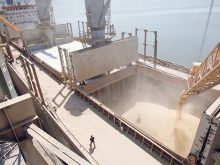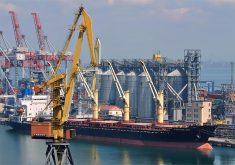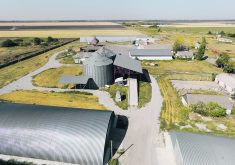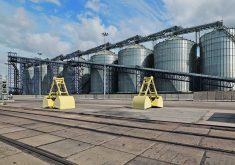Ihor Pavliuk provides a first-hand look at the struggles of living in war-time Ukraine.
To an enormous country like Canada, Ukraine might seem small.
But it is the largest country that exists entirely within Europe.
It has many natural landscapes — forests, mountains, forest-steppe (what you know as the parkland in Western Canada) and steppe (prairie). There is even a small strip of subtropics in Crimea with palm trees.
Until recently, Ukrainians were proud that the only desert in Europe existed here — Oleshkiv Sands in the southern Kherson region. This tiny desert was formed after the last ice age and emerged 100 years ago when vegetation was reduced due to overgrazing by sheep. It became an example of the misuse of natural resources.
Unfortunately, in a few years, farmers in the area fear the entire Kherson region will turn into a desert, along with neighbouring regions.
In early June, a huge dam on the Kakhovsky Reservoir was destroyed and all the water accumulated there was released out to the sea. Russia and Ukraine both blame each other, but in Ukraine we are certain it was bombed by Russian forces.
To understand the scale of this disaster, it should be said that the Nova Kakhovka dam was built in the 1940s on one of the largest rivers in Europe, the Dnipro River, which is sacred to Ukrainians. As a result, a huge reservoir was created, covering an area of 2,155 sq. kilometres.
The construction of the reservoir and the hydroelectric power station created enormous problems for ecology. Before the reservoir, the location featured the Great Meadow. There were ancient forests, bushes, thousands of small rivers, streams and straits. Many rare animals lived in the Great Meadow. In 1947, the Russians flooded it along with hundreds of Ukrainian villages and towns.
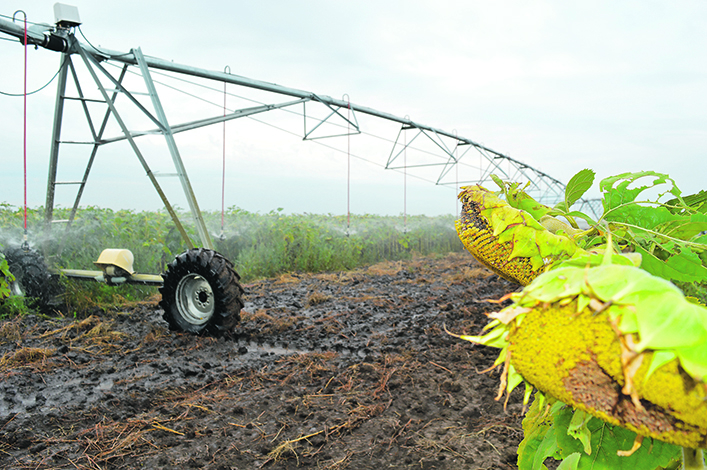
In 2023, they committed a new crime by planting explosives in a dam that held back a huge mass of water.
The June 6 disaster played out on television. Thousands of people and animals on both sides of the Dnipro were immediately destroyed or trapped as a huge mass of water headed for the Black Sea, destroying everything in its path.
People were forced to sit on the roofs of their houses for days without food, drinking water and medical assistance. Ukrainian volunteers came on boats, rescuing both people and animals. Photos of dogs and cats pulled from the water by rescuers went viral.
Ukrainians living on the right bank of the Dnipro stayed awake for days, trying to save everyone they could. But on the occupied left bank, the Russians shot at people who tried to escape.
It became one of the biggest disasters to happen in Europe.
As Ukrainians, we were offended that many on social media and in the news media wrote it is not known who destroyed the dam. I can’t say anything good about such journalists.
The fact is that the strength of this structure was designed to withstand the impact of a nuclear bomb. It could not be destroyed by rockets or shells. It could be destroyed only by placing many tons of explosives under the dam from below. Before the explosion, the dam was controlled by the Russians. Only they had the time and opportunity to prepare the explosion.
In this way, the Russians tried to stop the advance of the Ukrainian army and leave the desert behind.
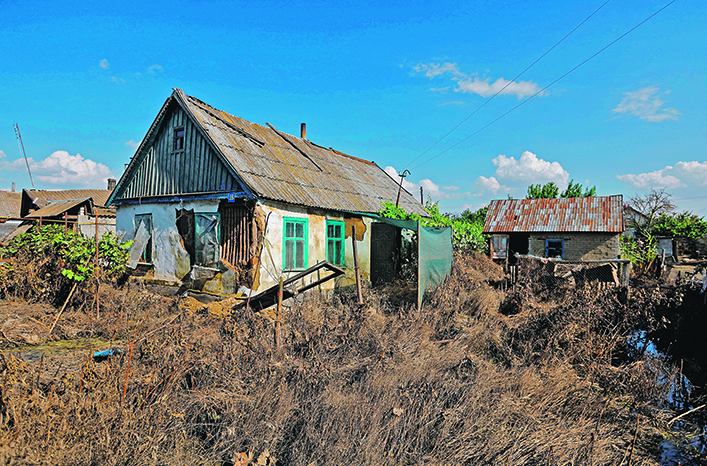
Unfortunately, I do not use the word “desert” in a conventional sense. The fact is that over the course of 80 years, the Kakhovsky reservoir — a giant fresh-water sea — has become an important element of the ecological and economic system of southern Ukraine.
Ships sailed here, fish were caught here and water was taken from here to irrigate many thousands of miles of agricultural land in southern Ukraine. Even the frequency and amount of precipitation depended on the reservoir.
What do we see now at the site of the reservoir and down to the sea? The water washed away many cities and villages along the way, washed away the top layer of soil, sewage, chemical warehouses, cemeteries and burial grounds for livestock, including those with terrible, forgotten diseases. It all flowed into the Black Sea, and then into the Mediterranean and eventually into the oceans.
The Dnipro River has returned to its old course, all silt and sand. Perhaps the worst thing is that millions of acres of fertile land have been left without irrigation and without water.
In peacetime, the Kherson region raised three million tonnes of grain, as well as plentiful vegetables, watermelons and melons. Neighbouring Mykolayiv Oblast produced 3.5 million tons of grain and Zaporizhia Oblast produced five million tons. These are the regions where agriculture will no longer be possible in most places.
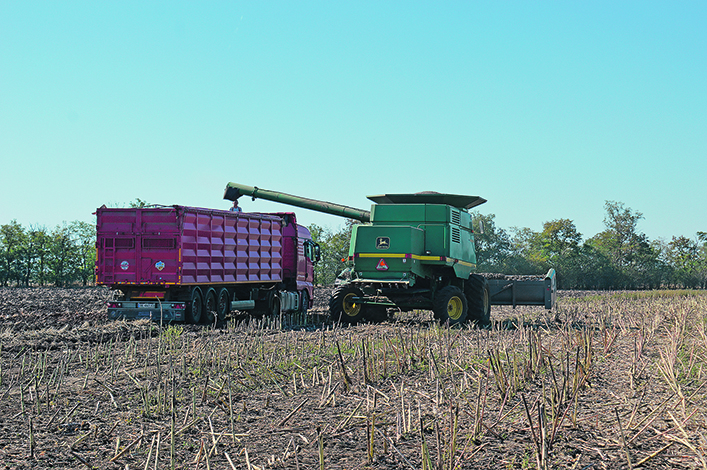
In addition, climatic changes resulting from the destruction of the Kakhovsky reservoir will affect other regions.
Scientists are already making predictions about the future of southern Ukraine. Even if the dam could be built today, which is impossible, some normal economic activity could begin only after eight years. If nothing is done, then in three to five years there will be a real desert here. People will not be able to live here, and the world will lose at least eight to 10 million tons of wheat for bread.
I can’t imagine what farmers in the south of Ukraine will do now. These are many thousands of people who turned the hot steppe region into an oasis. Now it will all be dead. Hundreds of thousands of new refugees will go to the north.
On the other hand, by the second year of the war, all Ukrainians have already developed an immunity to the crimes of the Russians. It’s hard to explain, but when rockets fly at you almost every night, you take it for granted. You just read information about the number of downed missiles and drones, and then go about your usual business. The threat of death is psychologically perceived differently. You just learn to respond to new challenges.
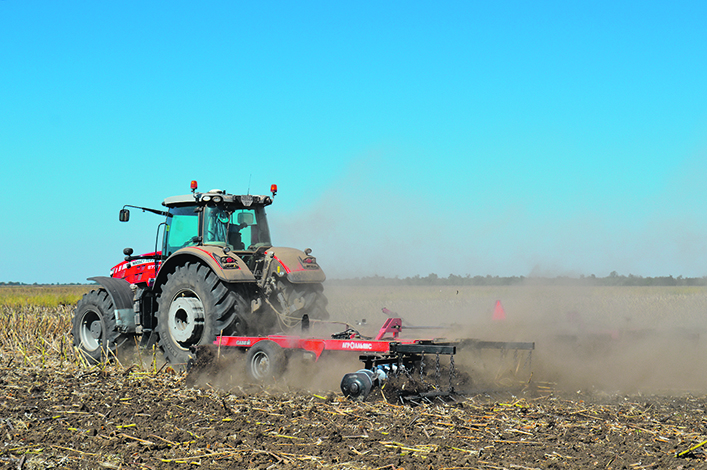
Therefore, when the Russians blew up the dam on the Kakhovsky Reservoir, instead of being afraid, Ukrainians helped people who were in trouble. Volunteers went to the south, gave shelter to affected people and collected dogs and cats that lost their owners. Our society has learned to work as a united mechanism in such cases. And this, perhaps, is our strength.
I am afraid to invite disaster, but after the explosion at the dam, we all suspect that the next large-scale crime of the Russians will be the explosion at the great Zaporizhzhya nuclear plant. They occupied it from the beginning of the war and planted explosives there. If we used to think that the occupiers were just scaring us with a terrible ecological disaster, now we understand that it can happen. They are capable of it.
What should we do? Anything, but don’t be afraid. Bandits expect fear from you. They feed on the fear of other people. Stop being afraid and you will gain an advantage.
Again, I don’t want to make any predictions, but I believe that Ukrainian farmers will not allow millions of acres of fertile land to turn into desert. I know them, I know our villagers and I hope that, together with international help, we will revive a unique corner of our native land.






